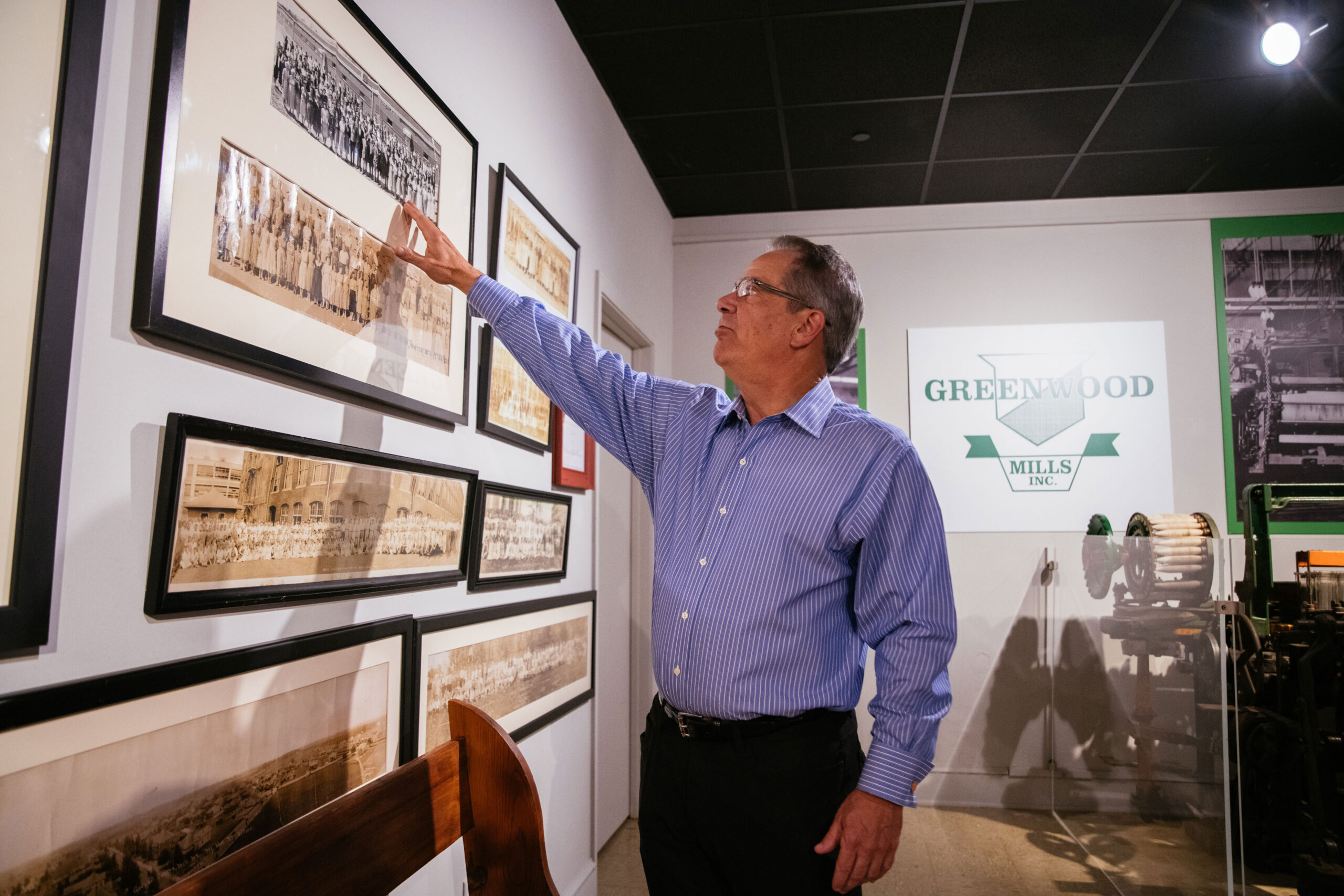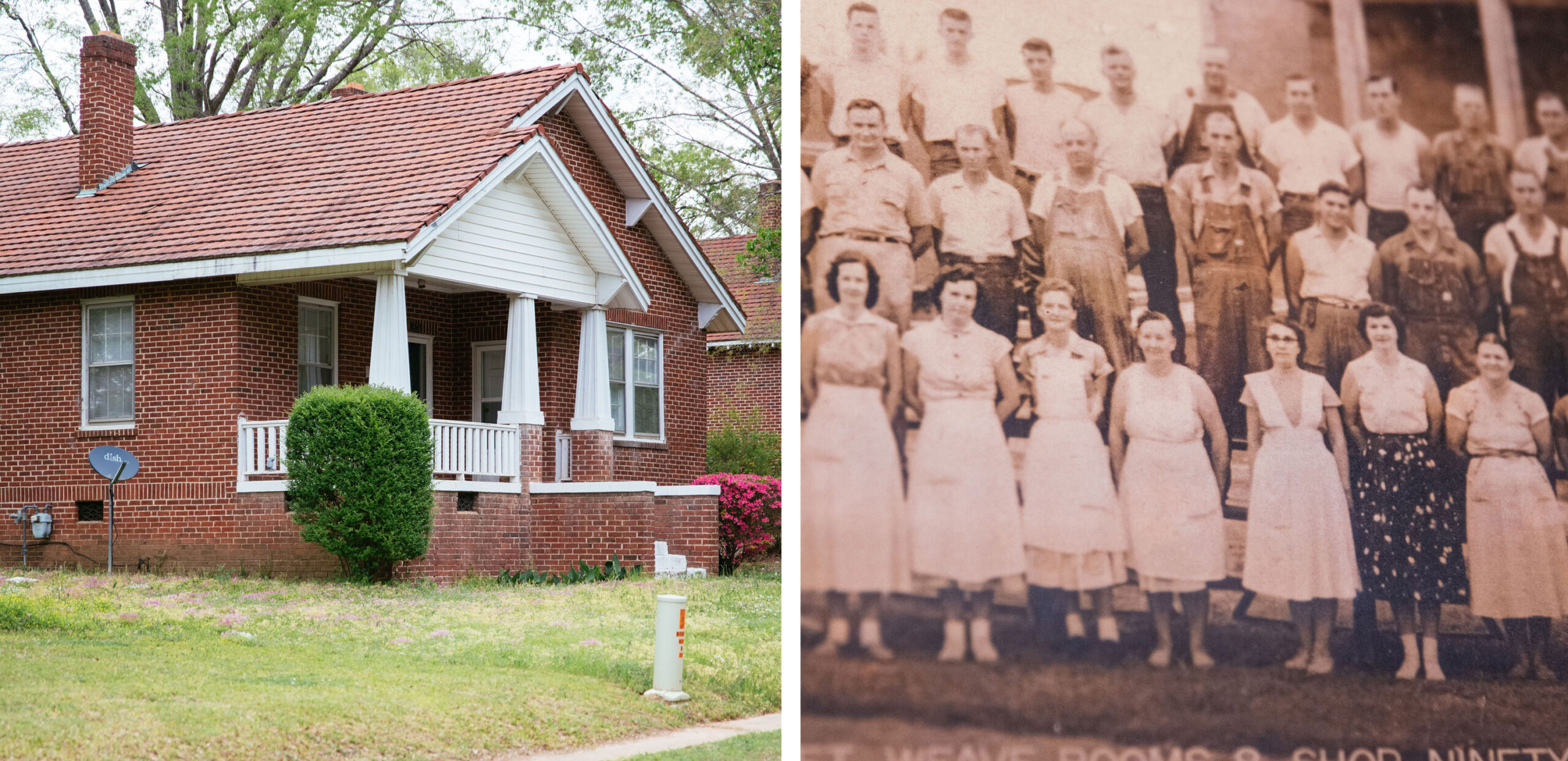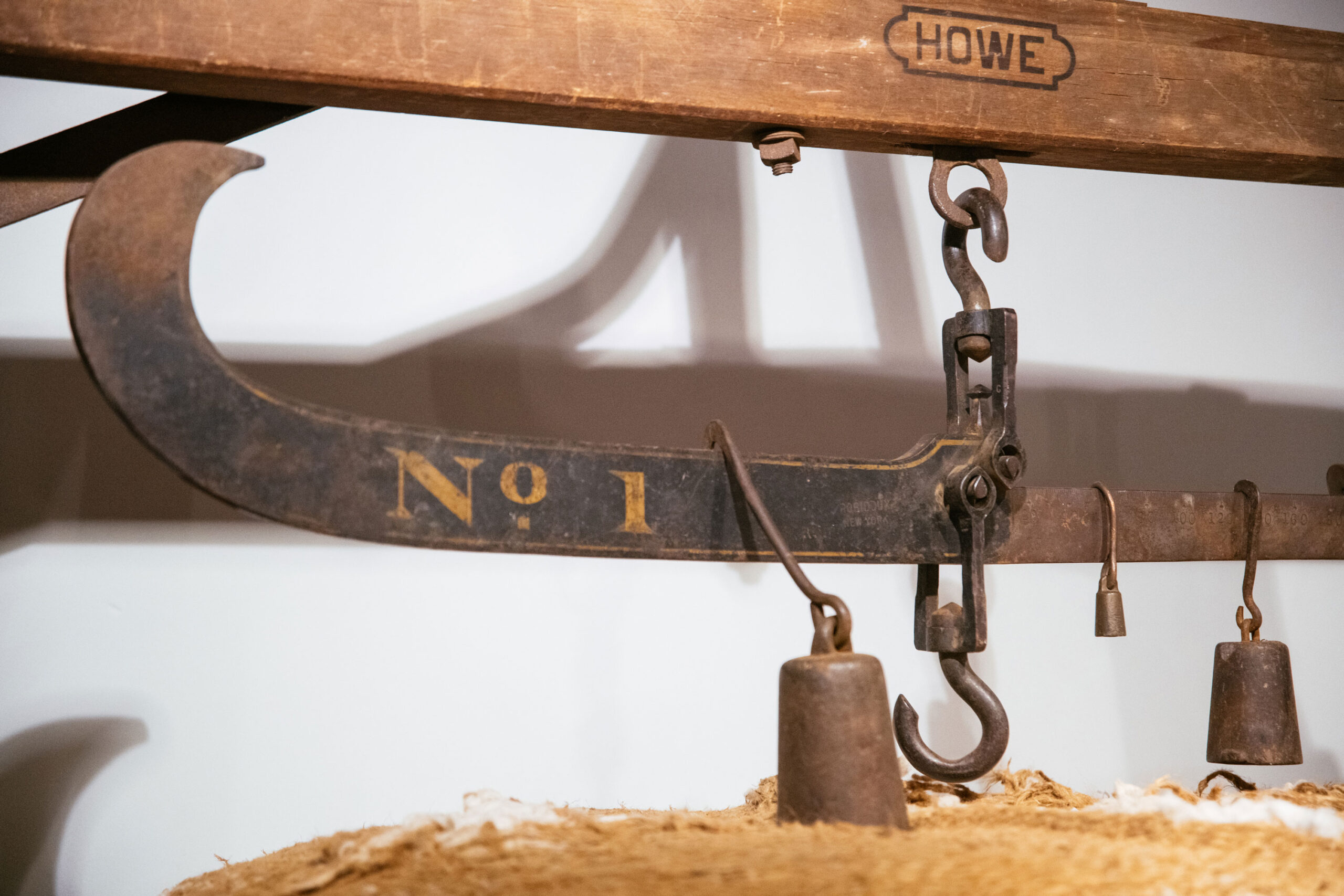Search for experiences, destinations, stays, and more.

FEATURED PLACE TO GO
Dr. Benjamin E. Mays Historic Preservation Site
PLACES TO GO
Agritourism Arts & Culture Eat & Drink Festivals History & Heritage Shopping Sports & OutdoorsEXPLORE THE AREA
Hodges Uptown Greenwood Ninety Six Lake Greenwood Troy Parks & Outdoors Ware Shoals Revolutionary War SC250 STAY HERE PLAN YOUR EVENTFEATURED BLOG
Tying the Knot in Greenwood
PLAN YOUR EVENT
Overview Venues Meetings & Conferences Getting Here Sporting Events Request for Proposal Group Travel ROAD TRIPSSTORIES OF GREENWOOD
Ready to Ride: Art & Adventure
ROAD TRIPS
Road Trip Itineraries Stories of Greenwood ABOUT USFEATURED PLACE TO GO
The Heartbeat That Built Greenwood
ABOUT US
Overview Contact Tourism Partners Getting Here Area Info & History MY ITINERARYThe Self family has been a part of Greenwood’s history since before the American Revolution. And, the Self’s businesses and Family Foundation have played a part in Greenwood’s growth and culture for decades, through textiles, real estate and healthcare ventures.

Family History
“My family’s been in Greenwood longer than Greenwood’s been in existence,” says Jay Self, president and CEO of GMI holding, the parent company for Greenwood Mills and Greenwood Development Corp. “Our family goes back to Henry ‘Light-Horse Harry’ Lee III, who reported to George Washington and led the approach when the British occupied Ninety Six.
His great-grandfather Jim Self, after finishing business school, went to work for Mr. Durst as the cashier in the Bank of Greenwood. Durst was president of both the bank and the cotton mill, which was struggling.
“The bank had guaranteed some of the loans from the mill, and [Durst] said, ‘Go over there and shut the mill down and save my bank.’” After evaluating the mill, Self convinced his boss that the mill could succeed if it had new equipment, then arranged to get new looms on credit to modernize.“And he saved the mill.” The Greenwood Mill grew exponentially, employing thousands and shaping the area’s communities.
After the Civil War, the industrial revolution changed the nature of manufacturing all over the country. Textile mills in the Northeast started relocating to the south to take advantage of the abundant labor. Greenwood Mills, on the other hand, was started by locals, including the Durst family. “They sold shares in the local mill on a payment plan, and that was how they raised the capital,” Jay says.
The Mill Villages
As people went to work in the mills, they needed housing close by. The mill villages provided that place to live, work and play. The company built villages in Ninety Six, Greenwood, Harris and Matthews. “We ended up by default being in the real estate business because we had to run those towns.” The mill villages became self-sustaining communities with churches, schools, commercial centers, laundry, and company stores.

“The mill villages are different from what you’ll see just about anywhere else. They’re brick. And they had the slate roofs or the barrel tile, terracotta roof. That was the philosophy of my great-grandfather, that he wanted to keep the maintenance low.” He bought the brick for the houses from a company owned by some key employees to help keep them in business.
Baseball in the Textile League
“When people weren’t working, they wanted recreation. The textile mills had great baseball teams—they were kind of what today’s minor leagues are for professional baseball,” Jay says. Several major league players got their start in the Textile League.
Because Greenwood was a rail hub, many major league teams stopped to play Textile League teams on their way home from spring training. Among the famous names were Shoeless Joe Jackson and Hall of Fame Dodgers manager Tommy Lasorda, who both played in the Greenville area.
Each team had a stadium, and the Riegel Stadium in Ware Shoals is the most famous because the Yankees played there regularly. Riegel, said to have an outfield so big that no one could hit the ball out of the park, is the only textile stadium still standing in the area. Because professional baseball was segregated, Riegel hosted many Negro League and women’s textile league teams. Parts of the 2008 film “Leatherheads,” with George Clooney and Reneé Zellweger, were filmed at the Riegel.
Real Estate and Golf
“In the 1920s, my great-grandfather’s doctor told him he needed to get some exercise. So he built a golf course on his dairy farm, which became the Greenwood Country Club,” Jay says. “It was a way for him to get out and walk.”
He also took his golf course development skills to Hilton Head, where he owned a condominium. He told Charles E. Fraser, the visionary developer of Sea Pines, “You need to build a golf course.” Fraser said he knew nothing about golf. Jim Self teamed with Henderson Barnett, who owned the Carolina Pride packing plant, and a couple of other local investors to build the first golf course on Hilton Head for Charles Fraser.
“That’s how we got into the real estate business down there. And then my father purchased Palmetto Dunes resort. We’re still operating there today in our real estate business.”
The Present and the Future
The community hospital was destroyed by a tornado in 1942. “My great-grandfather decided he wanted to build one, build it back for the community. It took until after World War II before he could get the building materials. When it opened, it was the first air conditioned hospital in the South, having air conditioning about a month before the White House did.”
The Self Family Foundation, which was started to build the hospital, has continued its support through different projects. The Greenwood Genetic Center is one of those, part of the medical community in Greenwood, providing education, clinical research and diagnosis supporting that mission.

Decline of domestic textile manufacturing caused Greenwood Mills to reorganize around their military customers. “Today, we make 95 to 100 percent of all the camouflage fabric for the base uniforms for the military.” They manufacture fabric for all branches of the military, as well as for many US allies.
“I think the future’s bright,” he says of the family business. “We have a more diverse customer base now than we’ve probably had in a long time. We’re actively out looking for the next generation of leaders…for new lines of business. I have discussions every day with my customers about how we can grow together. It’s a more collaborative spirit within the marketplace today than I’ve ever seen.
“Within the family, there’s a sense of pride in what our forefathers have accomplished. I think there is also a sense of, ‘how do we make it better and how do we build on what they created?’”
In the meantime, he enjoys the golf, hunting, fishing, horseback riding and other outdoor opportunities Greenwood offers. He also finds the growth in the Uptown area exciting. “I’ve had people from much bigger cities come to me and say they come shop here because of the stores we have downtown.”
“Greenwood means a lot to me,” Jay says. “I grew up here. I’ve lived in Argentina. I’ve lived in New York, but I’ve come back to Greenwood because it was a great place to grow up. It has everything a big city could offer except the hassles.
“To me, it’s, it’s the people; it always comes down to relationships. there’s enough diversity in the manufacturing, and the world class companies that have located here in Greenwood all work together to make it a better place.”


